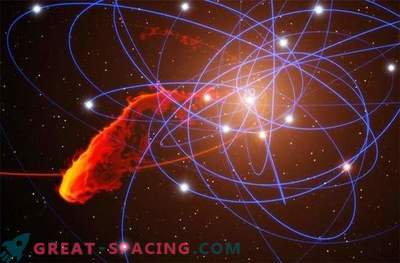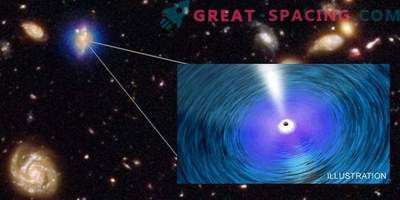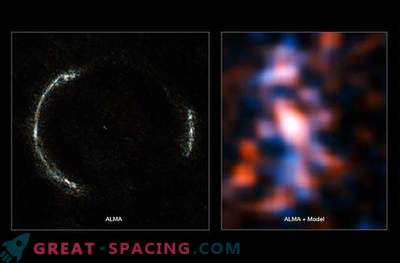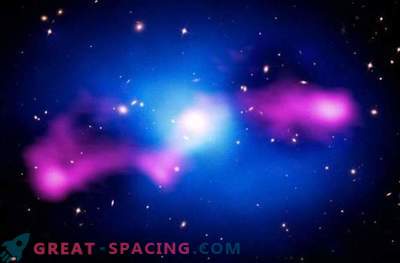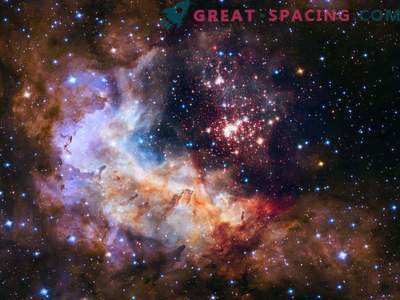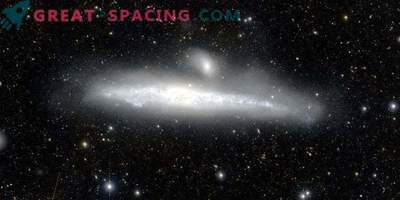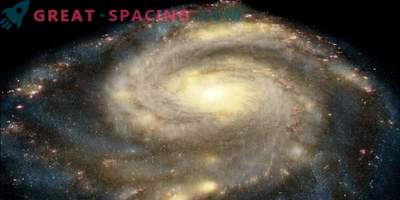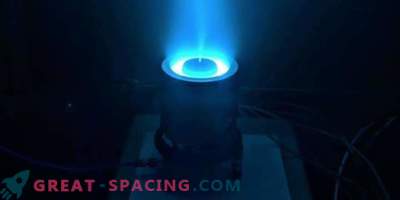March 13, 2013, 20 years have passed since the day the Keck Observatory began to observe space. Located in one of the most extreme and beautiful places on the planet (on top of Mauna Kea, Hawaii, 13 803 feet (4207 m) above sea level), the Keck twin domes explore everything from asteroids, planets and exoplanets, to distant galaxies and nebulae.
In order to celebrate two decades of incredible achievements, the portal V-kosmose.com collected for you some of the most impressive images that the Keck Observatory received.

Egg Nebulae: This protoplanetary cloud reflects light from a dying star, which has fallen into its outer layers in the final stages of its life.
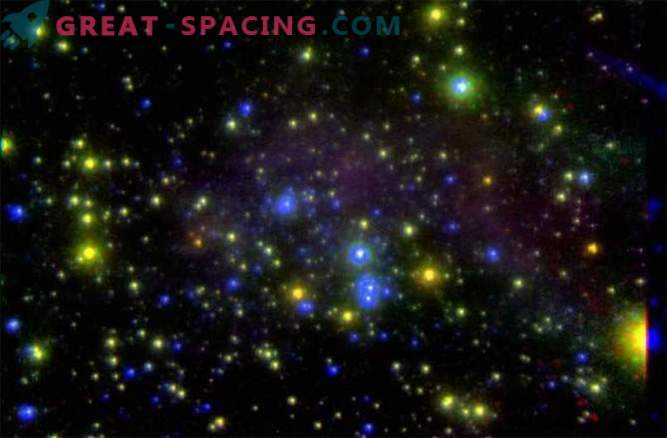
The central star-forming region of the IC 10 dwarf galaxy. In this composite color image, infrared images from the Keck II telescope and images in visible light made by the NASA Hubble telescope were combined.
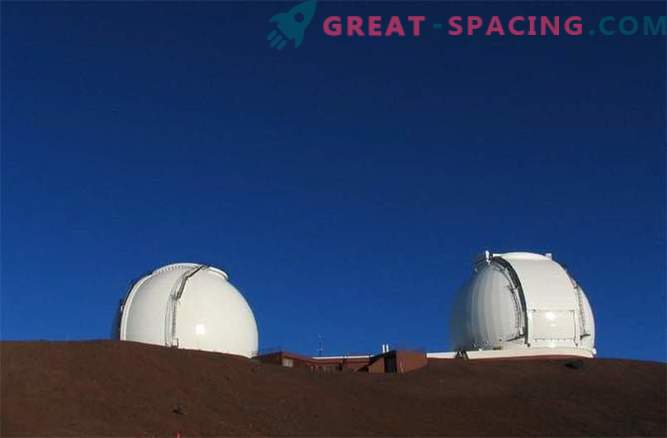
Domes of Keck I (right) and Keck II (left), located on Mauna Kea.
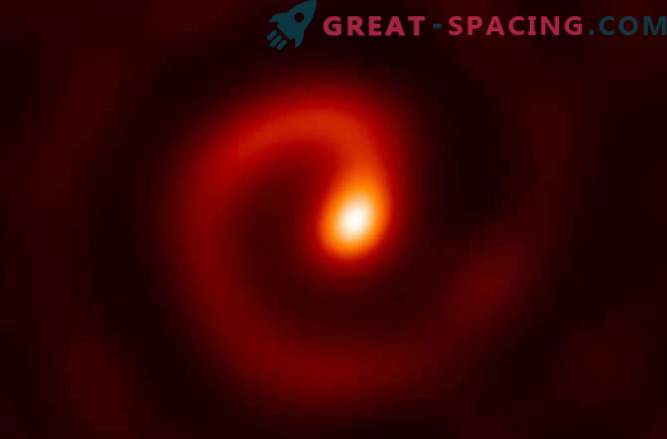
This is a WR 104, a dying star. Known as the Wolfe Raye star, this massive star object ends life in one of the most dramatic ways - the gamma-ray burst. The spiral is caused by gases pulling out of the star, while the star itself revolves around another massive star.
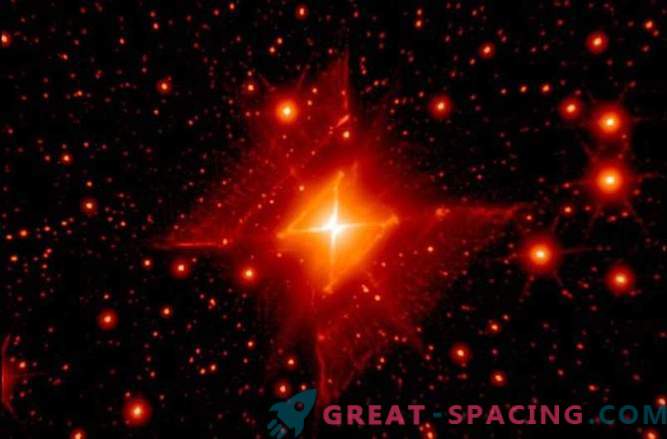
The square-shaped nebula lies in a vast sea of stars. The combination of infrared data from the Hale telescope and data from the Keck II telescope allows scientists to identify the surprisingly symmetrical Red Square Nebula.
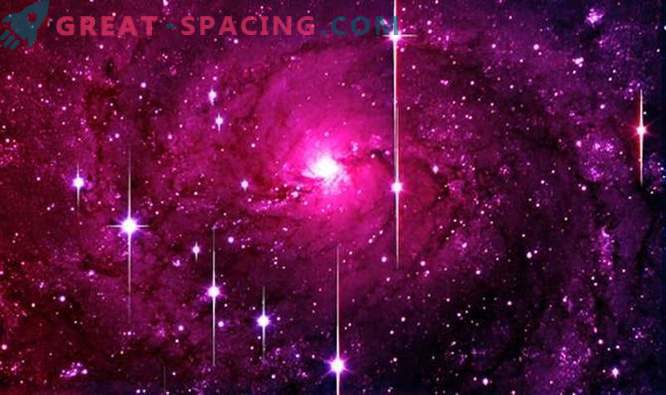
Pseudo-color image of a spiral galaxy in the Giraffe constellation.
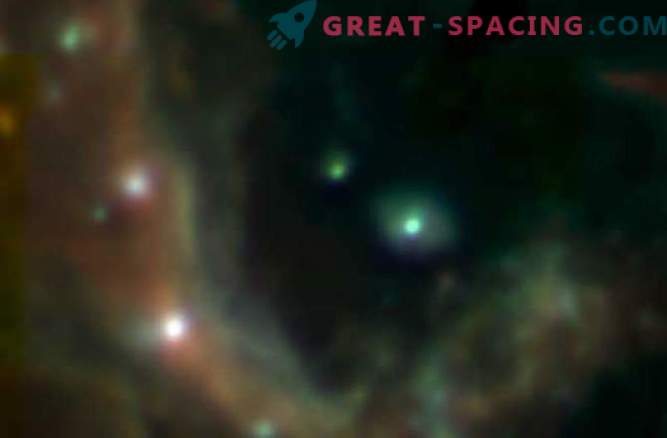
This image, taken in the mid-infrared range of the center of the Milky Way, reveals details of the dust swirling around the black hole that dominates the region.
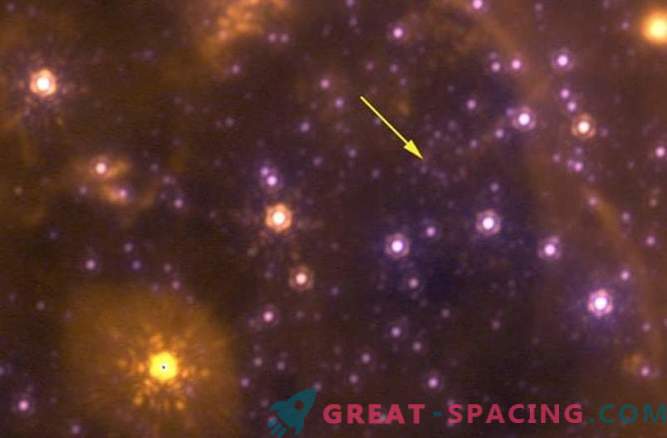
Image of the center of the Milky Way. The arrow shows the location of the source of the radio signal, which is a supermassive black hole in the center of our galaxy.
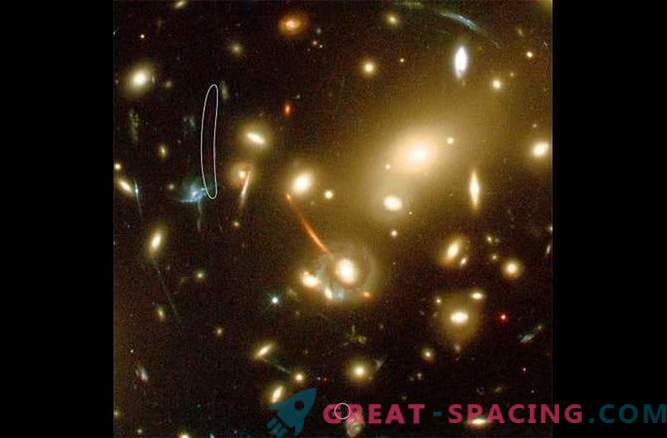
The Cluster of Galaxies Abell 2218 acts as a powerful lens, magnifying all the galaxies behind the cluster core.



